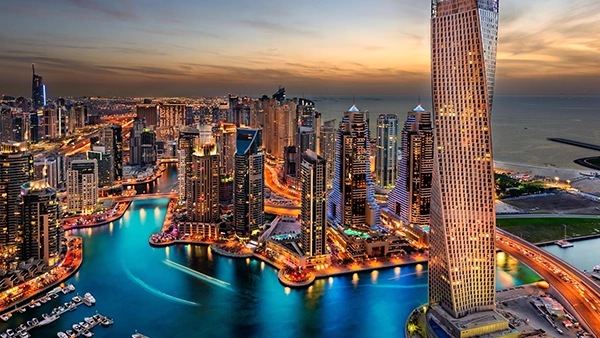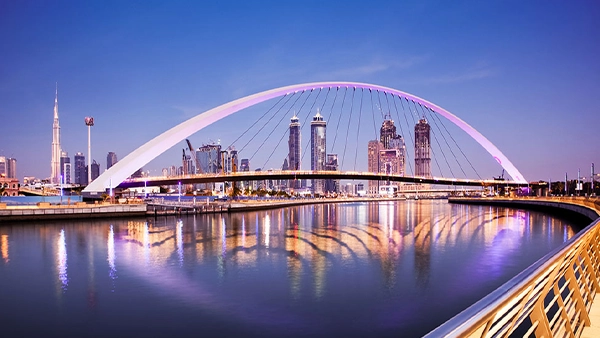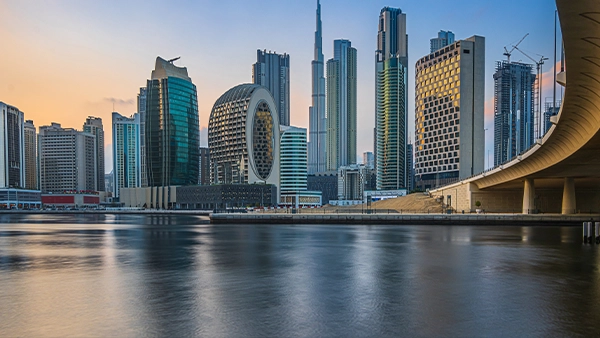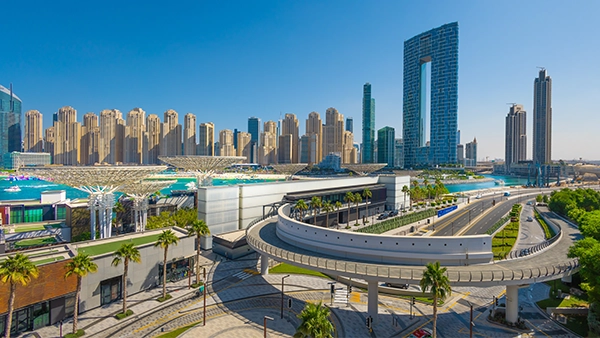Off-Plan Apartments in Dubai: A Golden Opportunity for Indian Investors
Over the past decade, Dubai has emerged as one of the world’s most attractive real estate markets, and with good reason.
Its rapid development, investor-friendly policies, tax-free benefits, and futuristic infrastructure have drawn international attention from across the world.
With families and working professionals upgrading their lifestyles and migrating to the Emirates for work, the demand for residential properties in Dubai has surged.
The increase in the expat population from the sub-continent has led Indian investors to gain interest in Dubai’s real estate market.
Among the many options available in this vibrant market, buying an apartment in Dubai stands out as the most appealing option. Moreover, investing in an off-plan apartment in Dubai is a lucrative opportunity for those seeking high returns and long-term growth.
What Are Off-Plan Apartments?
Off-plan properties are units that are sold before construction is completed, often during the design or early building phase.
This allows investors to secure prime real estate in growing neighborhoods at prices significantly lower than ready-to-move-in homes.
Beyond pricing, off-plan apartments offer a range of additional benefits.
Advantages of Off-Plan Property Investments
1. Lower Entry Price
Off-plan properties are priced lower than completed units, offering early investors a chance to enter the market at a discounted rate.
For Indian investors encountering high property prices in Indian cities like Mumbai, Delhi, or Bangalore, Dubai’s affordability is a major drawing factor, considering higher returns in an international city that serves as a global business hub.
2. Customization of Property
Another major benefit of off-plan properties is the option to design your apartment based on your needs and aesthetics.
Added amenities like landscaped gardens, private infinity pools, large swimming pools, home offices, personalized layouts, spacious balconies, and exquisite furnishing options can be aligned with the owner’s requirements.
Danube’s off-plan properties in Dubai feature a wide range of convertible studios, and 1, 2, and 3-bedroom apartments, giving buyers the freedom to customize their homes to their needs and tastes.
3. High ROI Potential
One of the top priorities for investors is strong returns, and off-plan apartments in Dubai deliver just that. The value of off-plan properties increases as the development nears completion.
Investors can benefit from capital appreciation or choose to rent the property for high yields once it’s ready, especially in areas with strong rental demand like Jumeirah Village Triangle.
4. Flexible Payment Plans
Danube Properties offers attractive and flexible payment plans, requiring an initial down payment of just 10-20%, followed by monthly installments.
Danube’s 1% payment plan enables investors and buyers to purchase properties at a significantly affordable price.
Why are Indian Investors interested in Dubai?
Dubai’s proximity to India, its luxurious lifestyle, and global access make it an appealing destination for tourists, working professionals, and families.
With a flight time of just three to four hours from major Indian cities and a large Indian expatriate population already settled in the UAE, Dubai feels like a second home to many.
But beyond familiarity, Dubai’s potential for financial gains is truly magnetic.
The government allows 100% foreign ownership in freehold areas, has zero personal income tax, and provides high rental yields compared to Indian cities.
Additionally, rental income from Dubai properties is higher than what one might earn in India, especially in Tier 1 cities where rental yields are usually below 3%. In contrast, Dubai’s average rental yield ranges from 5% to 8%, depending on the location and property type.
For many Indian investors, these factors make the decision to buy apartments in Dubai not just appealing, but strategic.
Apartments for Sale in Jumeirah Village Triangle (JVT)
One of the most promising areas for off-plan investment is Jumeirah Village Triangle (JVT).
This master-planned community combines the charm of quiet living with connectivity to central Dubai, contributing to its high demand among Indian residents and investors in the UAE.
With landscaped parks, schools, and family-friendly amenities, JVT is ideal for families, investors, first-time buyers, and tenants.
Danube’s signature development in Jumeirah Village Triangle brings together smart design, premium amenities, and practical living in one of Dubai’s beloved residential communities.
Fashionz by Danube
One of Danube’s standout developments in JVT is Fashionz, a residential project inspired by high-end style and designed for modern urban living.
Fashionz’s modern design, world-class amenities, and affordability perfectly complement JVT’s extensive features.
The property’s proximity to Sheikh Mohammed Bin Zayed Road and Al Khail Road offers easy access to areas like the Dubai Marina, Jebel Ali, and IMPZ.
The project includes:
- Spacious studios, 1BHK, 2BHK and 3BHK units
- Fully equipped fitness centers
- Luxurious spas and salons
- Swimming pools and children’s play areas
- Rooftop pool lounges
- Outdoor amenities like lush gardens and cycling paths
For Indian investors looking for apartments for sale in Jumeirah Village Triangle, Danube’s projects provide a compelling mix of value and lifestyle.
The Fashionz exclusive 0.5% post-handover plan with apartments starting at AED 670,000 makes owning properties in Jumeirah Village Triangle more accessible.
Danube’s Select Range of Off-Plan Properties in Dubai
Our commitment to quality, timely delivery, and competitive pricing has made Danube among Dubai’s most recognized developers.
With numerous successful launches across key locations in Dubai, Danube offers a variety of off-plan apartments suited for every budget.
Our portfolio spans Dubai’s prime economic hubs and sought-after residential communities, offering homes ideal for professionals, families, and investors alike.
Danube’s off-plan projects are in key locations like Business Bay, Jumeirah Village Circle, and Dubai Silicon Oasis, featuring studios to sky villas.
All developments offer over 40 well-planned amenities, designed to meet every resident’s needs.
Whether you’re looking for a vacation home, a rental income asset, or long-term capital growth, investing in off-plan apartments in Dubai is a smart move, especially through reliable developers like Danube Properties.
Explore apartments for sale in Jumeirah Village Triangle, consider the flexible plans Danube offers, and make your mark in one of the world’s most exciting real estate markets.










